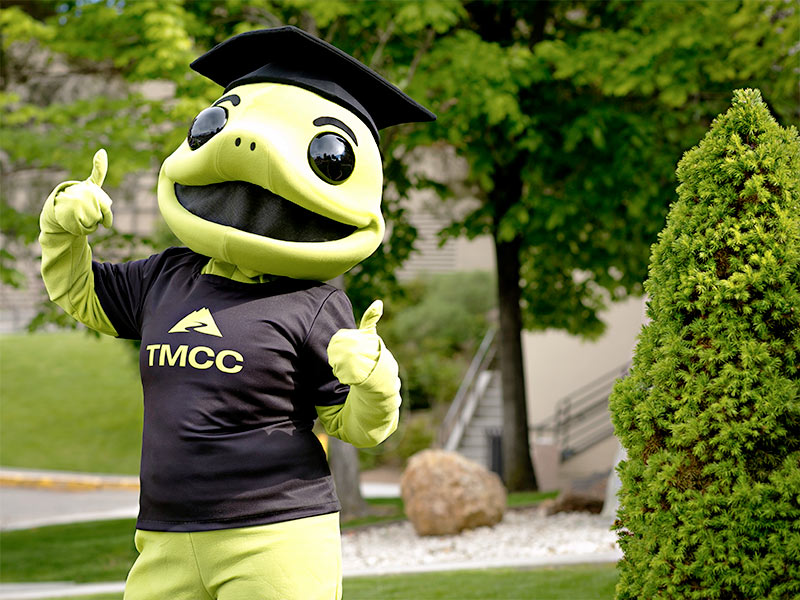INFO

Our program has been designed to give students the real-world skils needed in the different areas of Graphic Communications using a Competency-based approach.
You, as a learner, are the most important part of instruction. In performance-based instruction, we carefully identify what you need to be able to do as a result of an instructional experience. Next, we determine how you can show that you have learned these skills. Finally, we plan learning activities that will help you develop the skills.
How Competency-based really helps you:
- What you will learn is based on the skills you will need rather than on outlines of information.
- You can plan how to invest your time and energy. To help you do that, we tell you right up front what you will learn, how we expect you to show when you have learned, and how you may go about learning.
- You know the standards for evaluation before the performance test. You earn a grade according to how well you perform the skills rather than according to how well others in the class perform. You are not graded on a curve.
- You are actively involved in the learning. We design learning activities and assignments that teach you to solve problems and to learn on your own.
- When you complete a learning experience, you have documentation showing the skills you have learned. You can use this information when you seek employment, admission to further education, advanced standing or transfer of credit.



